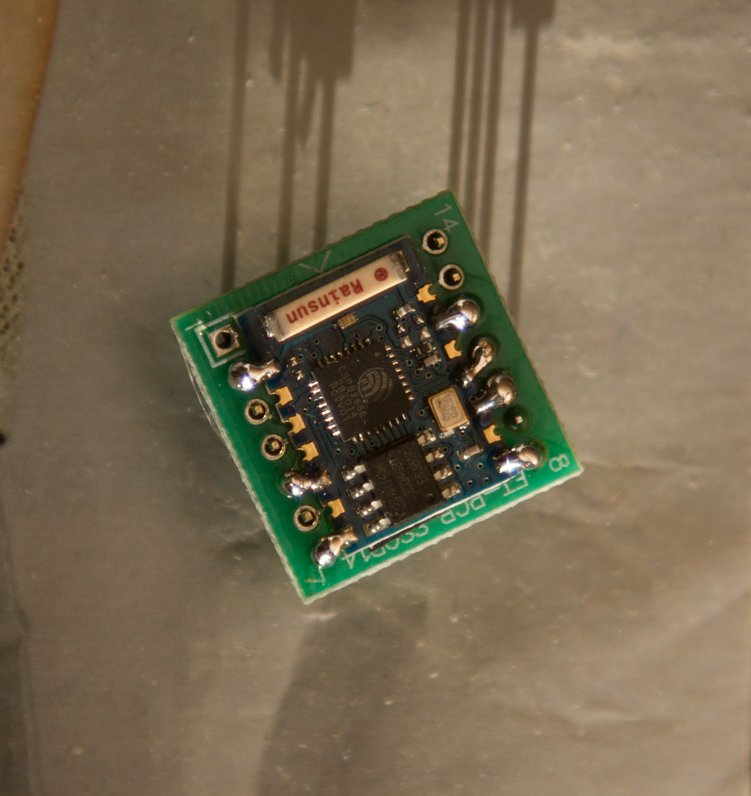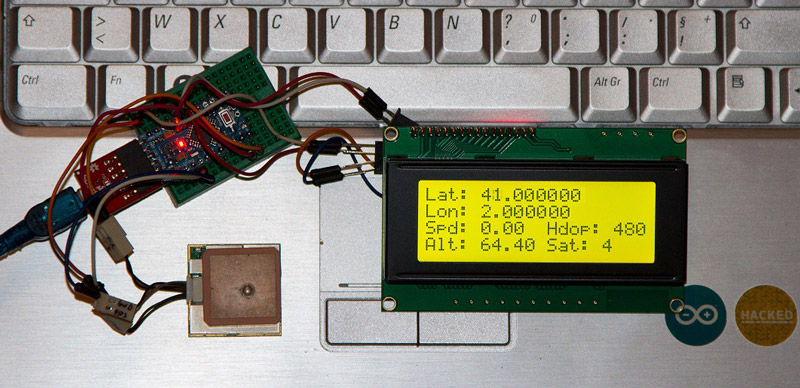
As you know, if you use Raspberry, the operating system on SdCard is very fragile, that the reason you need to power off properly the…

A lot of informations are available about ESP hardware over Internet … sometimes confusing, here is my experience’s about ESP8266 soldering and flashing, especially ESP-03…

There is a sketch to display GPS informations from TinyGPS librarie for Arduino, the LCD is a 4×20 characters, wired through a I2C connection. Before,…

Optiloader is a sketch designed for bulk upgrading of Arduino board bootloaders using another Arduino as a device programmer. It stores multiple copies of the…